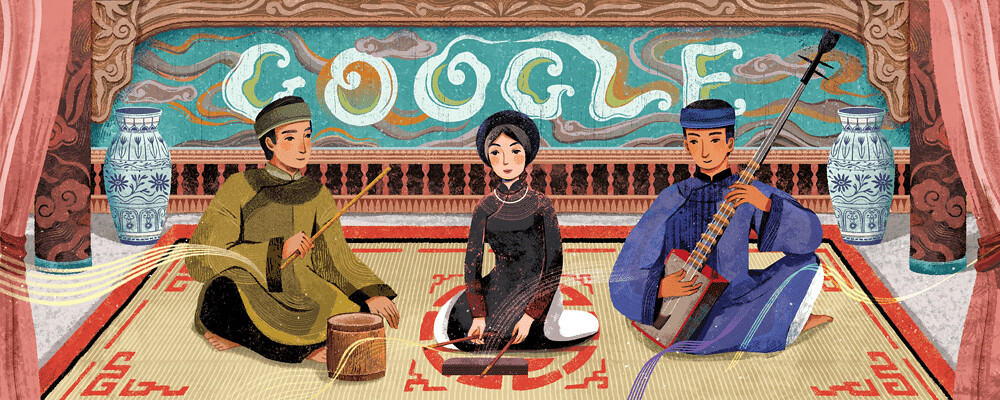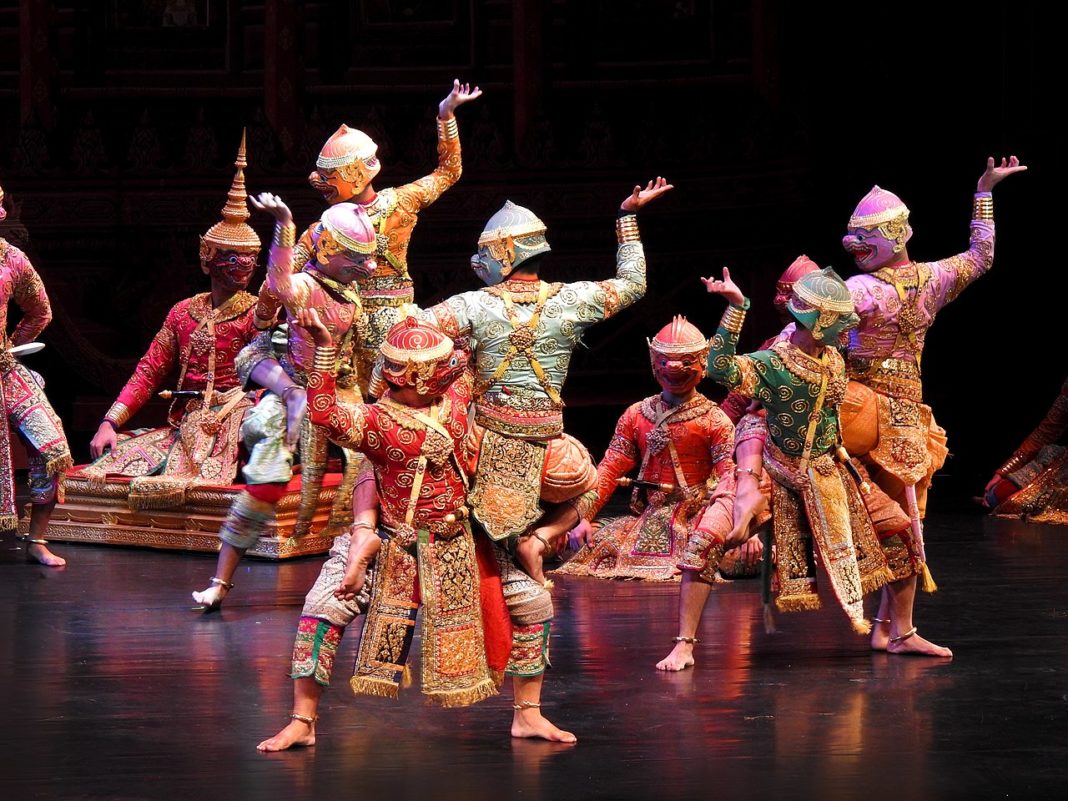1. Khon, Thailand
This Thai masked dance, originally performed by only men, involves singing, dancing, acting and acrobatics, all meticulously choreographed to the rousing sounds of a live orchestra. Using song and dialogue, performers act out scenes from the Ramakien, the Thai adaptation of the Sanskrit epic Ramayana. Currently, there are three versions of the Ramakien; the most popular one was created with input from Thailand’s King Rama I.
 2. Singkil, Philippines
2. Singkil, Philippines
Singkil, which originates from the province of Lanao, gets its name from the bells worn on the ankles of a female dancer. She plays the lead role of a mythical princess who gets lost in a forest during a tempest. The quick-footed dance is set to the beats of two sets of bamboo poles that are clapped together; this is said to symbolise falling trees. Manipulating fans (apir), the dancer nimbly steps in and out of the space between poles. The performance ends when a male dancer, who plays a prince, enters the scene to save her.
 3. Sbek Thom, Cambodia
3. Sbek Thom, Cambodia
Behind a backlit cloth screen, Sbek Thom artists operate life-size leather puppets using two attached bamboo sticks, making them dance to traditional Khmer music performed by a live orchestra. This is accompanied by a narration of the Reamker, a poem that is the Cambodian adaptation of the Ramayana – about a prince who tries to rescue his wife from a demon. What makes Sbek Thom unique is that it started out not as an art form but rather, as a ritualistic activity dedicated to Khmer deities.
 4. Mor Lam, Laos
4. Mor Lam, Laos
The challenges of living in rural Laos and unrequited love are common themes in Mor Lam, one of the country’s most traditional forms of music. When it gained popularity in the 1800s, Mor Lam had a slow, moody groove, with a vocalist performing against a musical backdrop created by a droning mouth organ called the khene (below). It has since evolved into a far livelier, uptempo musical treat that incorporates electronic instruments. Contemporary Mor Lam also involves rapid-fire singing that recalls rap.
 5. Ca Tru, Vietnam
5. Ca Tru, Vietnam
With lyrics addressing topics such as love, war and ancient Vietnamese mythology, the ancient form of sung poetry, which dates back to the 11th century, has a slow and haunting sound. Ca Tru is typically performed by a trio, with a female singing over a sparse musical backdrop – the gentle strumming of the dan day, a three-stringed lute, and the down-tempo percussive rhythms of a trong chau drum. The instrumental sounds are kept subtle to put the focus on the stunningly varied vibrato vocals.
 According to silverkris.com
According to silverkris.com














